#Indian decorative arts
Text
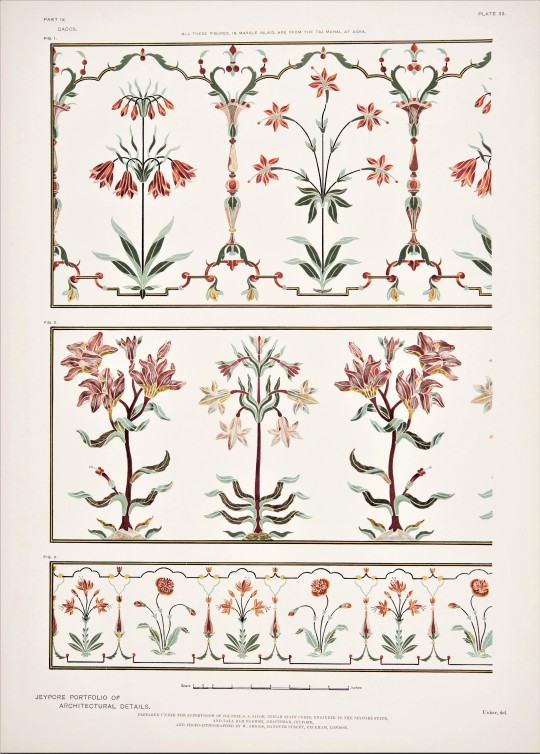

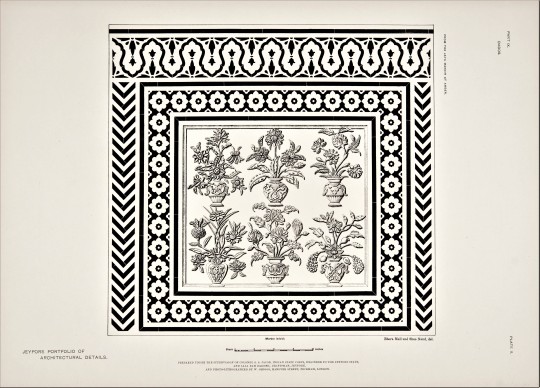

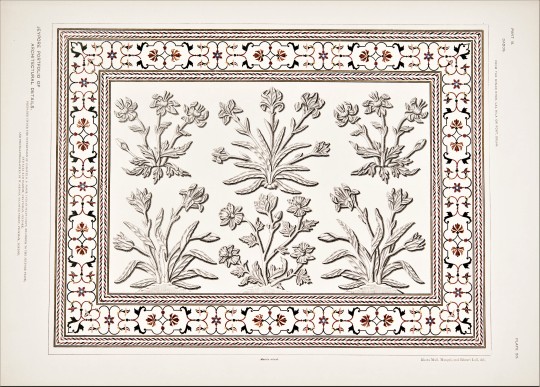


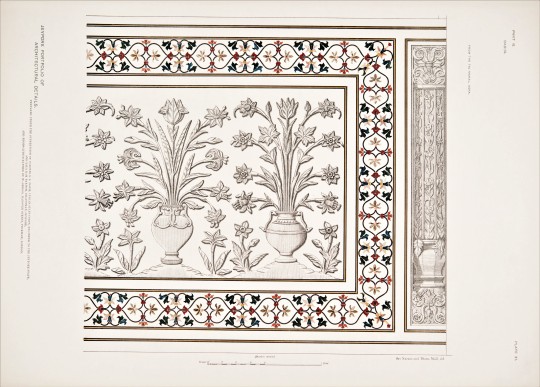
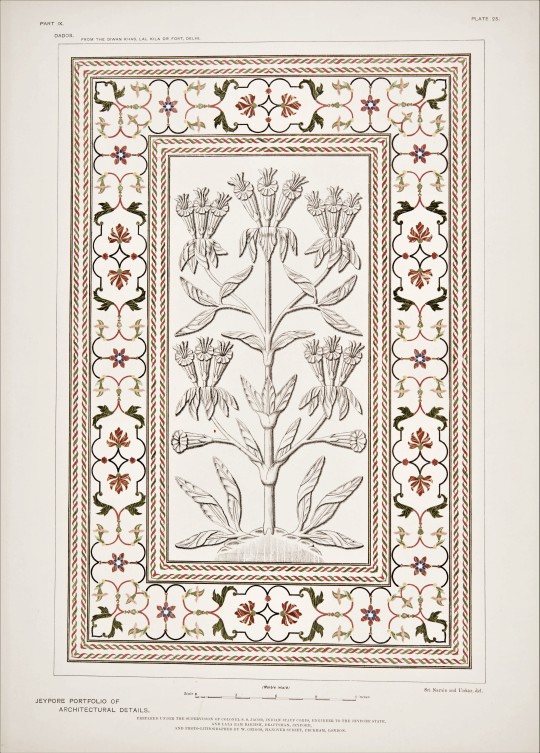

Decorative Sunday
This week we present some dados from volume 9 of the Jeypore Portfolio of Architectural Details, published in twelve volumes by Bernard Quaritch between 1890 and 1913. A dado is the lower part of a wall, below the dado rail and above the skirting board, that is often given over to decorative treatment.
Issued under the patronage of Maharaja Sawai Madhu Singh, the Jeypore Portfolio was prepared under the supervision of Colonel Samuel Swinton Jacob, Indian Staff Corps, Engineer to the Jeypore State, and Lala Ram Bakhsh, head draftsman and teacher in the Jeypore School of Art, and was photo-lithographed by William Griggs of London, the inventor of photo-chromo-lithography. The Portfolio was intended to serve as a record of the architectural heritage of the Jeypore State and the north-west region of Rajasthan. As a record, it would “rescue (such) designs from oblivion and give them new life.”
Of the 12-volume set we only hold volumes 7 (String and band patterns), 9 (Dados), and 10 (Parapets). These have been digitized and may be found in our digital collections.
View other posts from the Jeypore Portfolio.
View more Decorative Sunday posts.
#Decorative Sunday#decorative arts#decorative plates#Jeypore Portfolio#Jeypore Portfolio of Architectural Details#Indian architecture#architectural details#dados#Samuel Swinton Jacob#Lala Ram Bakhsh#Maharaja Sawai Madhu Singh#William Griggs#Bernard Quaritch#chromolithographs#yay chromoliths!#digital collections#lithographs#photolithographs#Indian design#Indian decorative arts
56 notes
·
View notes
Text
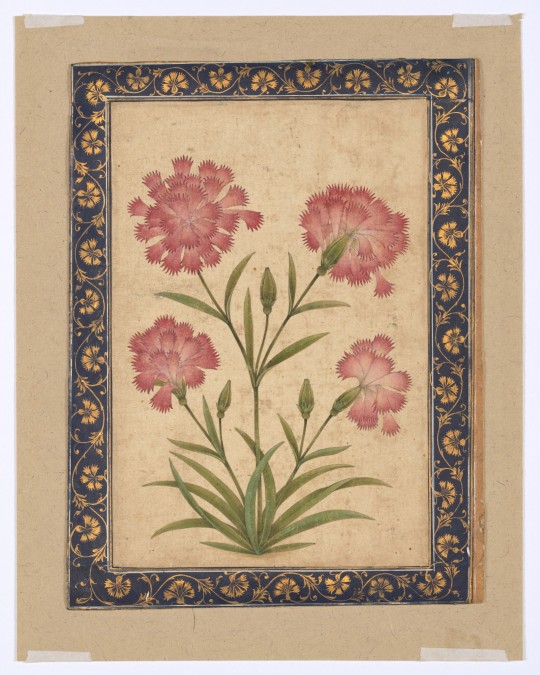
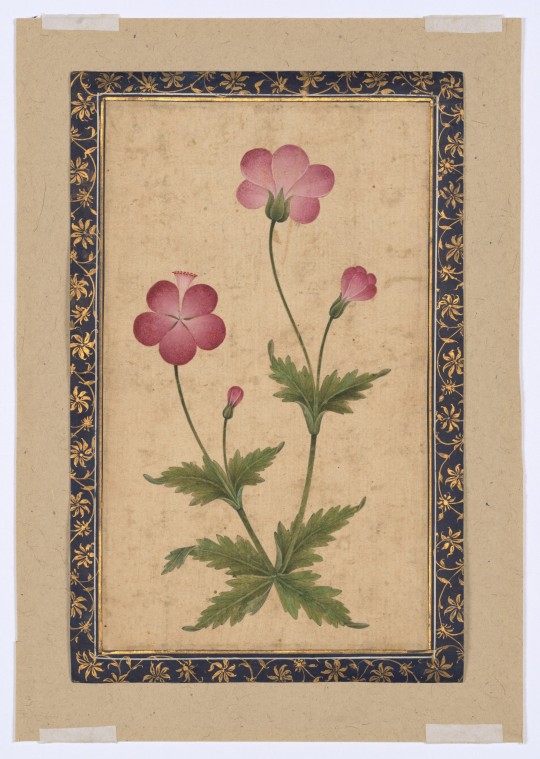

▪︎ Botanical Painting: Dianthus, Composite Flower and Geranium.
Date: ca. 1630
Place of origin: India
Medium: Opaque color on paper
#17th century#art#history#decorative arts#history of art#17th century art#botanical#botanical painting#plants#indian#india#asian arts#ca. 1630#dianthus#composite flower#geranium#flowers
91 notes
·
View notes
Text

Brighton & Hove News, 28 July 2023:
'A Brighton family have literally stopped traffic with a new mural inspired by a sari pattern on their new home.
Poppy Jaman and Jaan Madan moved to Southampton Street in Hanover in January, and immediately knew they wanted to make a splash when decorating the outside.
She said: “One of the reasons we wanted to move to the centre of Brighton is that it’s so colourful.
“We were inspired by murals in Washington where there’s a whole area where there’s murals which have been created out of adversity.
“That inspired the idea of making a statement with our home. I wanted to not just paint something that I love. If you just love something that’s enough, but I also wanted to say here’s a bit of my identity.
“I collect saris and Jamdani is a signature saris of Bangladesh. It’s got a colonial past to it.

📷 X
The mural is inspired by the Jamdani weave saree, the signature saree of Dhaka, Bangladesh, which dates back at least as far back as 300BC.
Between the 16th and 19th centuries, Jamdani fabric – so fine it was known as ‘woven air’ – was one of the most highly coveted commodities in Mughal courts and further afield. However, by the mid-19th century, Jamdani had become almost extinct.
Poppy has written more about her relationship with the Jamdani design and its colonial history here.'
#sari#mural#brighton#mughal#textiles#textile history#jamdani#dhaka#bangladesh#colonial history#indian history#weave#woven fabric#pattern#surface pattern#surface pattern design#pattern design#textile design#surface decoration#street art#uk#england#british asian#saree#traditional crafts#traditional textiles#traditional clothing#bengali#weaving
125 notes
·
View notes
Text

Pair of Bracelets with Peacocks
India, Rajasthan, Jaipur or Delhi, c. 1900
enameled and partially gilded silver inlaid with emeralds, rubies, glass, and silicate minerals; paint
3 1/2 x 3 3/8 x 5/8 in. (8.89 x 8.57 x 1.59 cm)
LACMA
#bird#birds#birds in art#peacock#peacocks#jewelry#jewellry#decorative arts#bracelet#enamel#silver#jewels#gems#LACMA#Indian art#South Asian art#Asian art#19th century#20th century#1900#animals in art
169 notes
·
View notes
Text
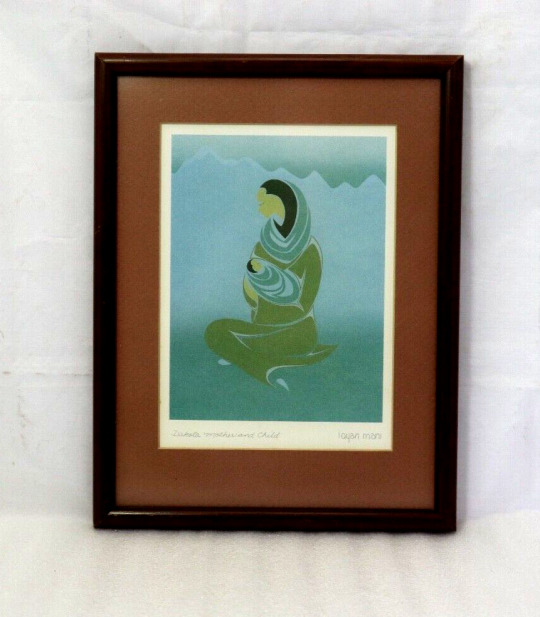
Ioyan Mani Dakota Mother and Child Ojibwa Indians Canada Framed Signed Print || SWtradepost - ebay
#home decor#signed prints#framed prints#ioyan mani dakota print#mother and child#vintage art prints#art prints#swtradepost#ebay prints#art#ojibwa indian canada
9 notes
·
View notes
Text

Describe your ideal love making set-up ...
Does anyone even do that anymore?
6 notes
·
View notes
Photo
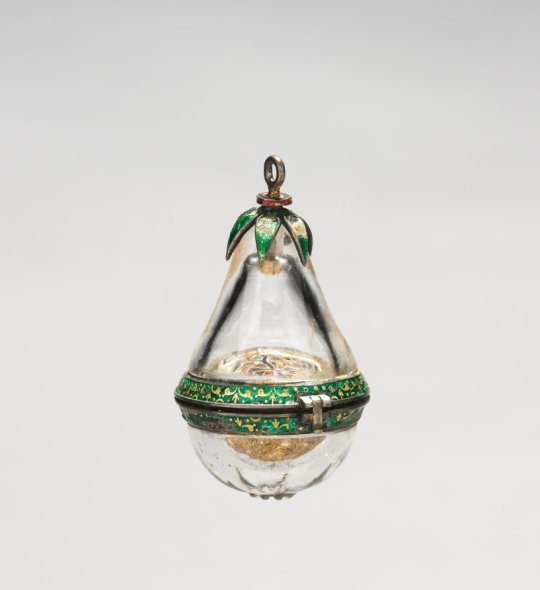
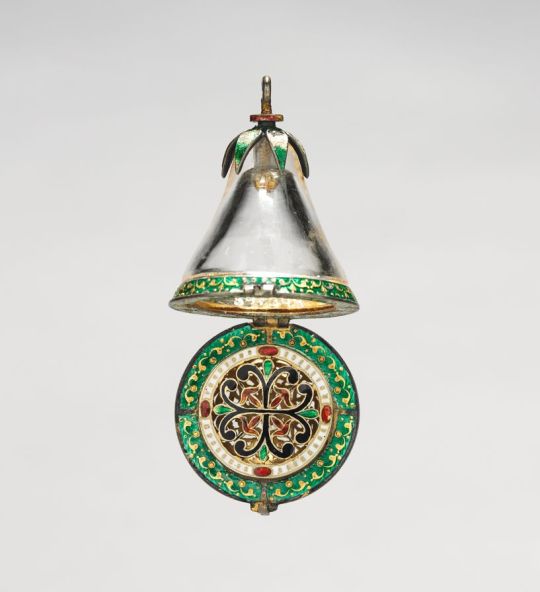
Pomander, Made in Mughal India, ca. 1600s-1700s. Materials are rock crystal and enameled silver.
“This tiny pear-shaped vial worn tied to a sash would have held scented water or oil. The lid opens to reveal a perforated sprinkler decorated with fine filigree and colorful enamel. A popular scent was attar of roses, made from the essential oil of rose petals.”
(Source: clevelandart.org)
#pomander#perfume#scent bottle#pendant#jewelry#1600s#1700s#indian design#decorative arts#rock crystal#silver#enamel#filigree#ornament#green#clear
136 notes
·
View notes
Text
instagram
#bohostyle#marketing#branding#handmade#quilting#sales#home decor#business#business growth#accounting#rural women crating#rural women artist#ruralcore#rural life#rural crafting#crafting#crafts#embroidery#sewing#arts and crafts#beautiful women#women#best handmade items#indian rural artist#indian crafting#indian artist#indian craft#Instagram
2 notes
·
View notes
Text
#online#jobs#online games#part time jobs#work from home#online jobs#freelancer#crypto#beauty#football#accounting#art#advertising#artists on tumblr#fashion#cricket#foodie#app development#web development#decoration#web design#design#tech#technology#india#indian#earn money online#earn#earnings#educate yourself
4 notes
·
View notes
Photo
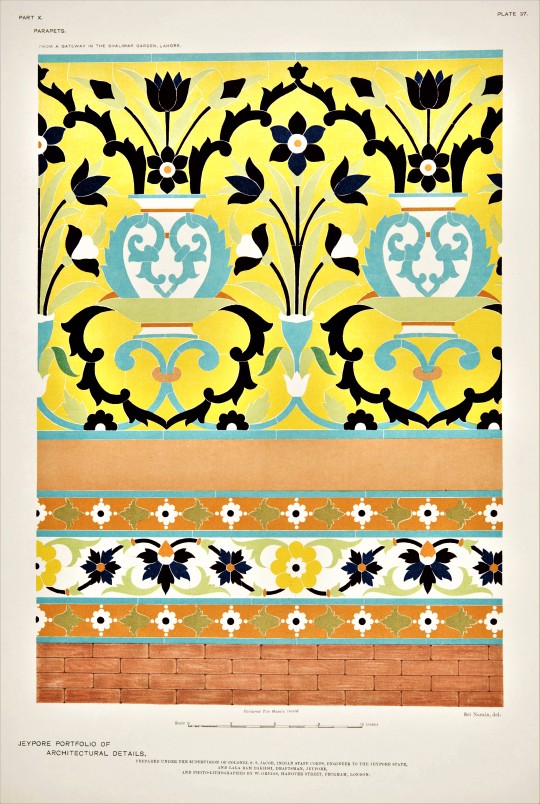


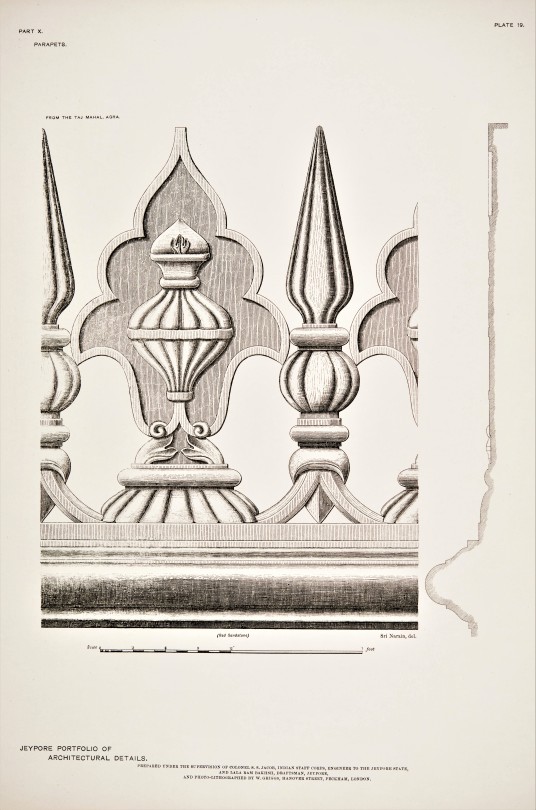
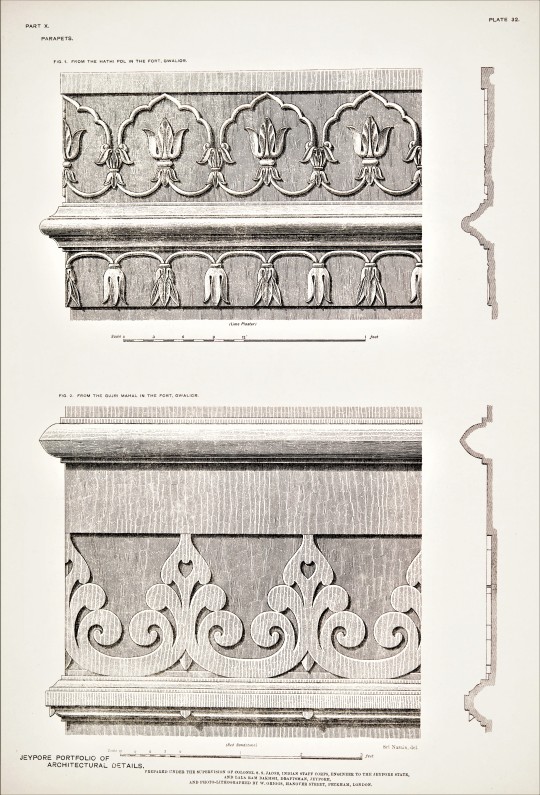
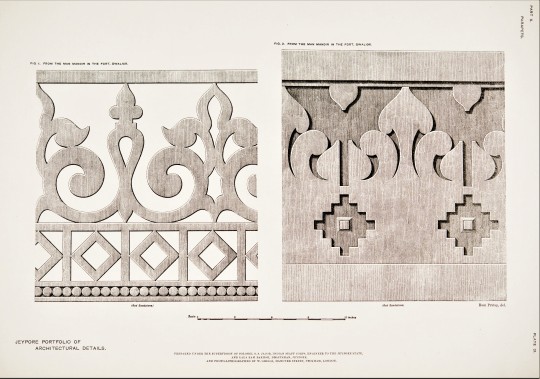

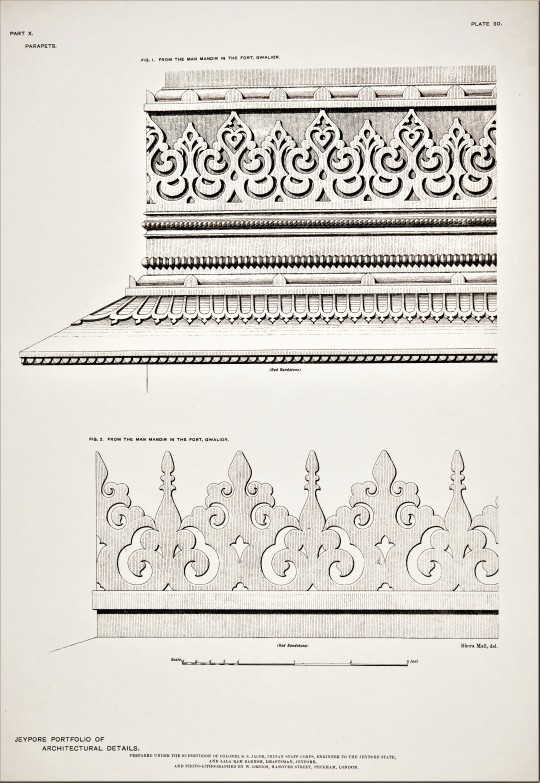
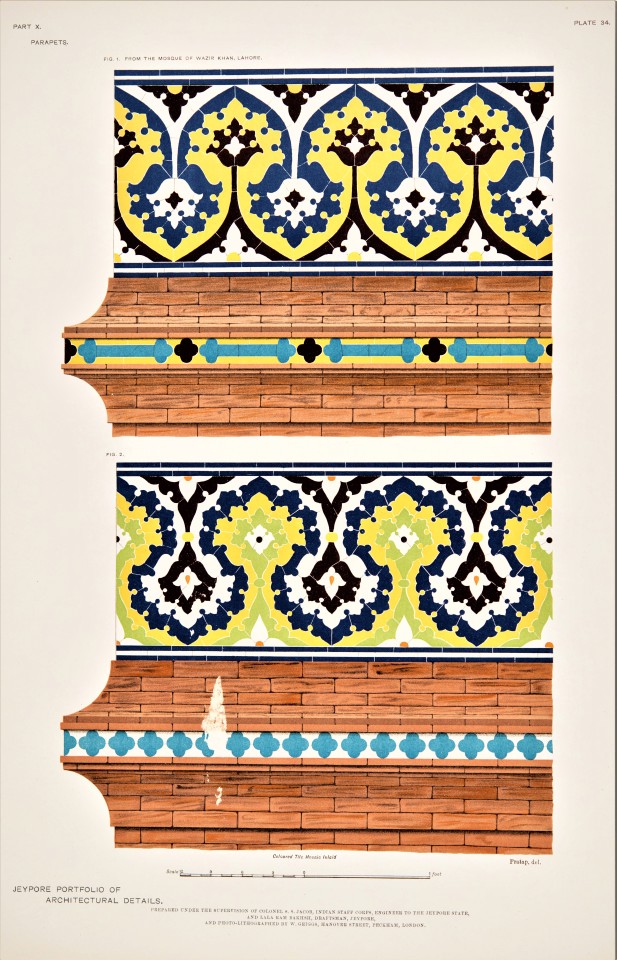
Decorative Sunday
This week we present some parapet designs from Jeypore Portfolio of Architectural Details, published in twelve volumes by Bernard Quaritch between 1890 and 1913. The plates displayed here are from volume 10 on parapets, the decorative extension of the wall at the edge of a roof, balcony, or other structure..
Issued under the patronage of Maharaja Sawai Madhu Singh, the set was prepared under the supervision of Colonel Samuel Swinton Jacob, Indian Staff Corps, Engineer to the Jeypore State, and Lala Ram Bakhsh, head draftsman and teacher in the Jeypore School of Art, and was photo-lithographed by William Griggs of London, the inventor of photo-chromo-lithography. The Portfolio was intended to serve as a record of the architectural heritage of the Jeypore State and the north-west region of Rajasthan. As a record, it would “rescue (such) designs from oblivion and give them new life.”
Of the 12-volume set we only hold volumes 7 (String and band patterns), 9 (Dados), and 10 (Parapets). These have been digitized and may be found in our digital collections.
View other posts from the Jeypore Portfolio.
View more Decorative Sunday posts.
#Decorative Sunday#decorative arts#decorative plates#Jeypore Portfolio#Jeypore Portfolio of Architectural Details#Maharaja Sawai Madhu Singh#Samuel Swinton Jacob#Lala Ram Bakhsh#William Griggs#indian architecture#Indian design#Indian decorative art#lithographs#photolithographs#chromolithographs#Yay chromoliths!#digital collections
64 notes
·
View notes
Text
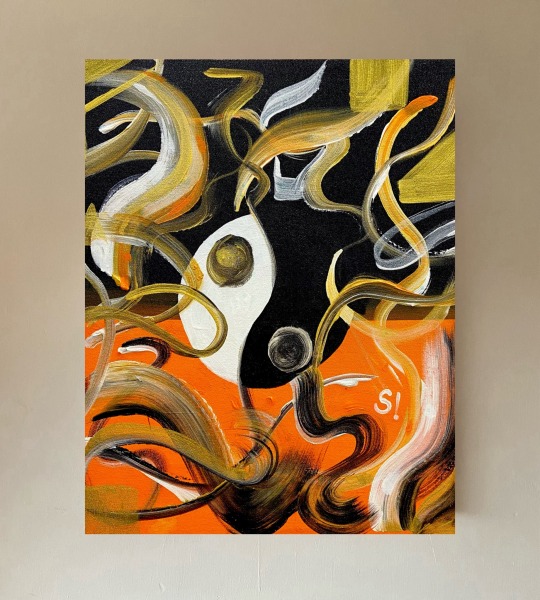
"Just like yin & yang, you balance me !" ☯️
Yin & Yang, original artwork made on 16" x 20" stretched canvas using acrylics.
Limited edition prints also available for purchase. 💐
#art#artists on tumblr#beginner artist#artwork#original art#painting#acrylic paint#indian artist#digital artist#acrylic on canvas#canvas art#canvaswallart#wall art#art decor#art for sale#artforhome
2 notes
·
View notes
Text

▪︎ Allegorical Figure of Fortitude (?).
Artist/Maker: Attributed to Basawan (India, active ca. 1565-1598)
Place of origin: Pakistan, Lahore, Mughal Empire
Date: ca. 1590
Medium: Ink, opaque watercolor, and gold on paper.
#16th century#16th century art#asian arts#asian#pakistan#mughal#fortitude#allegorical art#allegorical painting#allegorical figure#Basawan#india#indian art#ca. 1590#art history#history of art#decorative arts
96 notes
·
View notes
Photo

I loved it!
53 notes
·
View notes
Photo

Map of the African continent in a camel-beige colour.
Includes surrounding islands.
11 sea creatures and anemone are hidden in the blue-black waters of the Indian & Atlantic oceans...can you spot them?
Available here - RimaRimaStudio.etsy.com
13 notes
·
View notes
Text
It’s Clara! (probably) 🦏
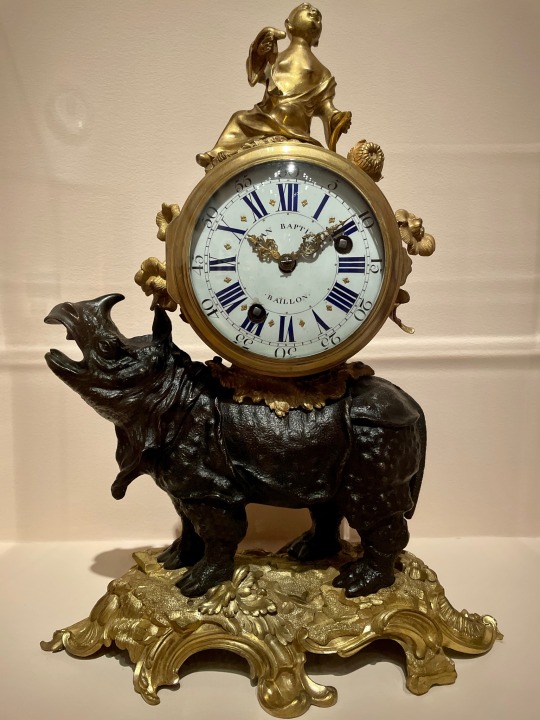


Jean-Baptiste Baillon, clockmaker (French, d. ca. 1770)
Attributed to Jean-Joseph de Saint-Germain,
bronze maker (French, 1719-1791)
Mantel Clock, after 1749
Virginia Museum of Fine Arts display
“This mantel clock exemplifies the exuberant Rococo style of the mid-18th century that delighted in the apparent novelty and exoticism of Asian cultures as they were perceived in the popular European imagination.
Ménagerie clocks featuring models of unfamiliar beasts from Africa and Asia became highly fashionable collectibles in the 1740s. Though the rhinoceros was known in Europe as early as the 16th century, it was not until a live Indian rhinoceros named Clara was brought to the Netherlands in 1741 that the animal became a widely recognized marvel. Clara was exhibited throughout Europe for nineteen years, delighting average citizens and courtiers alike. In 1749, she arrived in Paris, where she inspired drawings by many artists and studies by scientists. The model for this clock was likely based on one of these renderings.”
#animals in art#european art#museum visit#rhino#rhinoceros#Indian rhinoceros#French art#18th century art#clock#bronze#sculpture#decorative arts#metalwork#Clara the Rhinoceros#VMFA#Virginia Museum of Fine Arts
22 notes
·
View notes
Text
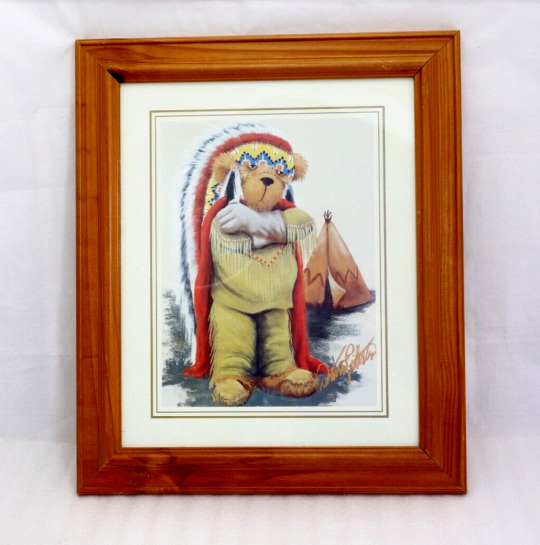
Teddy Bear Art Print Signed || SWtradepost - ebay
#teddy bear#indian chief teddy#art print#framed art print#home decor#childrens art#wall hanging#swtradepost#ebay wall art
11 notes
·
View notes